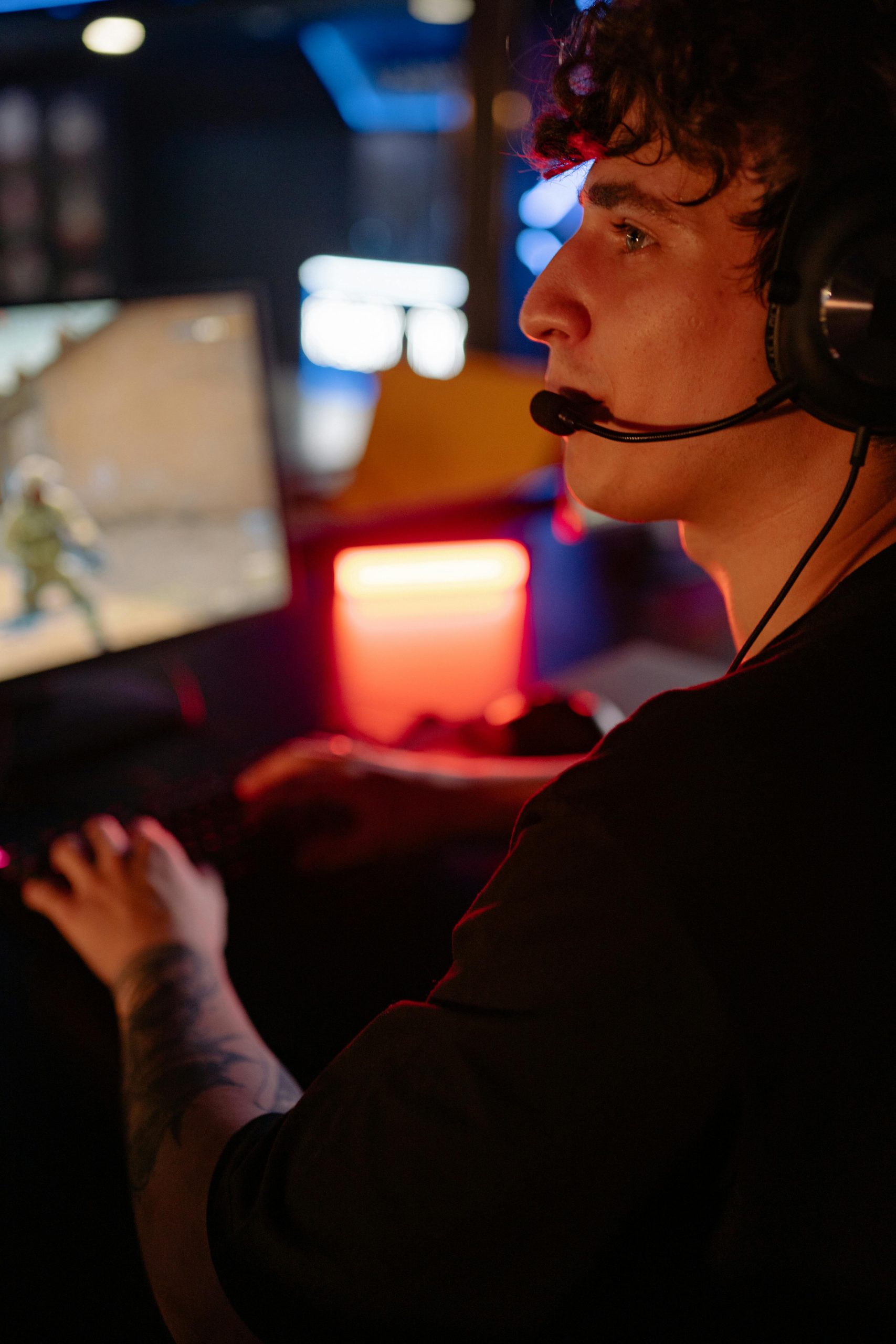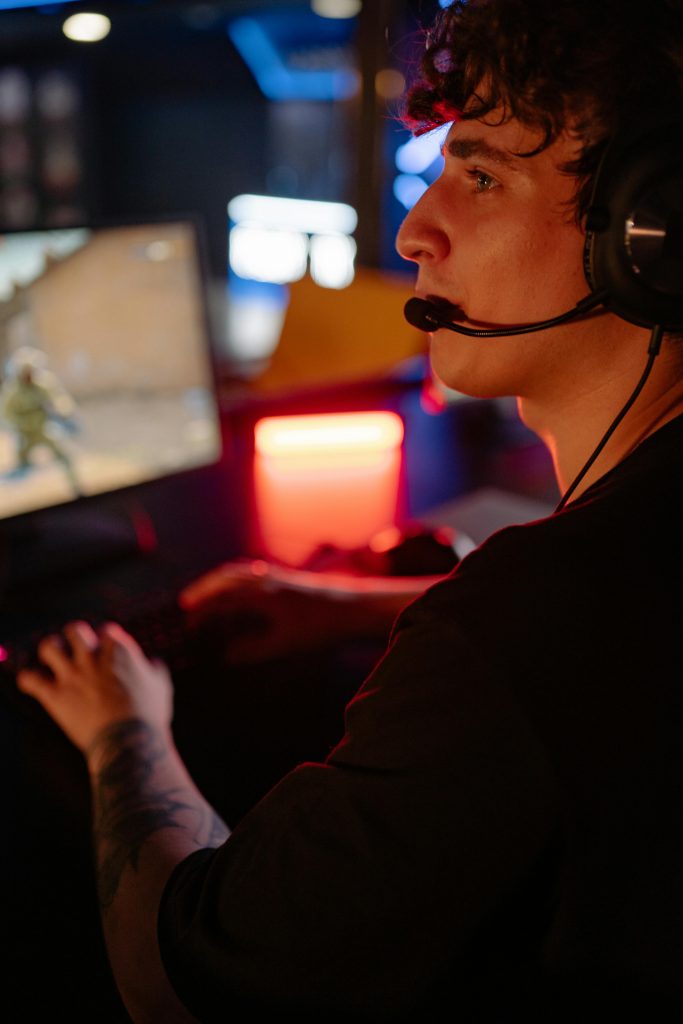Troubleshooting a Random PC Crash During Gaming: A Comprehensive Guide
Experiencing unexpected crashes while gaming can be incredibly frustrating, especially when attempting to pinpoint the cause. If your PC randomly crashes or restarts during gameplay, and you’ve already exhausted many common troubleshooting methods, it’s essential to systematically diagnose the issue. Below is a detailed overview of potential causes and recommended steps tailored for a gaming setup with specs similar to a Ryzen 5 5600G system with an RX 6650XT graphics card.
Understanding the Problem
Many gamers encounter sudden system shutdowns or reboots that occur exclusively during high-load scenarios such as playing demanding titles like Spider-Man Remastered, RDR2, or EVE Online. Such crashes can stem from a variety of issues, including hardware failures, driver conflicts, thermal problems, or power supply inconsistencies.
Common Troubleshooting Steps & Findings
If you’ve already tried the following, you’re well on your way:
-
Power Supply Testing: OCCT power tests confirmed stable power delivery.
-
Hardware Re-seating & Memory Tests: Reseated GPU and RAM modules; MemTest86 found no errors.
-
GPU Stress Testing: Fumark benchmark ran smoothly at consistent FPS, with GPU temps around 62°C, indicating the GPU is not overheating.
-
Driver Management: Used Display Driver Uninstaller (DDU) to remove drivers, then rolled back to previous versions without success.
-
BIOS & System Updates: Reset BIOS settings, updated BIOS, and even reinstalling Windows did not resolve the issue.
Potential Causes and Further Diagnostics
Given the extensive troubleshooting, some additional areas to explore include:
1. Power Supply Stability
- Check Power Supply Capacity: Your Corsair CX-750M should generally suffice, but ensure it’s functioning correctly. Consider testing with a known-good PSU if available.
- Cables & Connections: Verify all power cables are secure and undamaged.
2. Thermal and Cooling Checks
- Monitor Temperatures During Gaming: While initial temps seem normal (~62°C), ensure no thermal throttling occurs under higher loads.
- Improve Cooling: Consider cleaning dust from fans and heatsinks, or upgrading case airflow.
3. Driver and Software Conflicts
- Update or Rollback Drivers: Make sure you’re using the latest stable drivers for the RX 665
Share this content:



